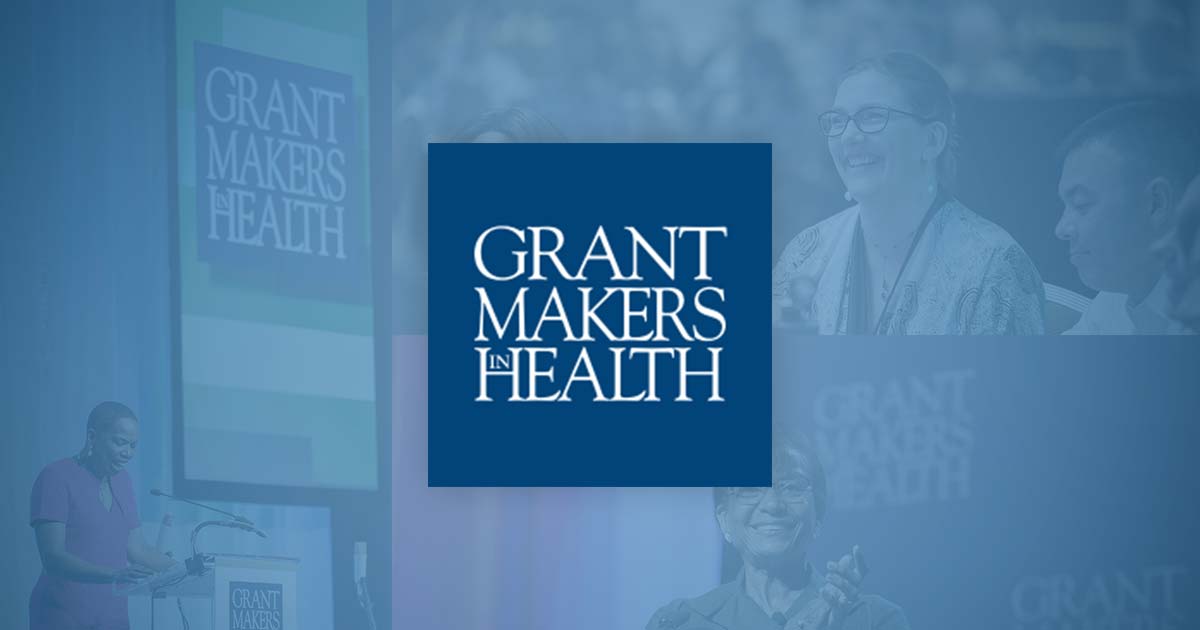Measuring the Impact of Grants and Initiatives: Examples in Oral Health
On this call, Clare Nolan, vice president of Harder+Company Community Research, shared methods for measuring the impact of grants and initiatives that aim to increase access to care and build health system capacity.
Integrating Primary Care and Public Health: Opportunities for Oral Health
As health philanthropy considers how to address the current individual and community burdens of increases in chronic diseases, I am optimistic when I reflect on the new and promising collaborations that are developing to better manage and prevent oral disease.
Schools as Venues for Improving Oral Health
On this webinar, speakers highlighted the potential of school-based health centers to offer oral health care, provided examples of innovative programs, and shared recommendations for how foundations can best support this work, in addition to discussing oral health strategies and the challenges faced when working with schools.
Making the Connection: Pregnancy and Oral Health
Recent research indicates that efforts to support oral health can begin even before birth; just as a pregnant woman’s overall health can affect the health of her pregnancy and baby, her oral health can play a role in the occurrence of early childhood caries in her children.
Giving Voice to Oral Health in Kansas: Benefits of Long-Term Commitment
Someone recently used the term philanthropy du jour,
and it was not meant as a positive appellation. As a field,
we increasingly see longevity as virtue whether it comes
under the guise of general operating support, capacity building, or place-based or strategic grantmaking. The work of the
United Methodist Health Ministry Fund in a single field –
oral health – began in late 1998. My reflections attempt to
capture the results of this extended $11-million initiative.
Foundation Collaboration: Partnering to Improve Young Children’s Oral Health
Dental disease is the single most common chronic childhood disease and is so widespread and the health effects so significant that the U.S. Surgeon General has classified dental disease as a silent epidemic (HHS 2000).
Shifting Paradigms in Promoting Oral Health for Young Children
Tooth decay remains the single most prevalent chronic disease of America’s children, affecting 44 percent by age six (Dye et al. 2007). Grantmakers, government, and the professions have long focused energy and resources on getting children into dental care to repair the ravages of this preventable disease and to eliminate associated pain and infection.

